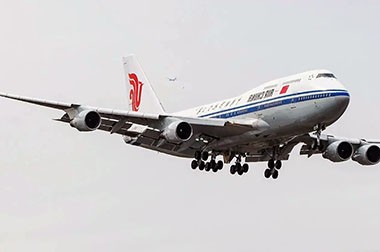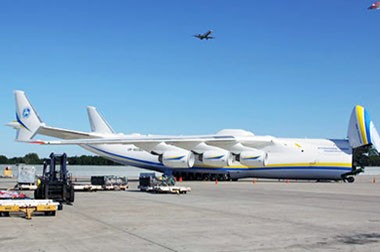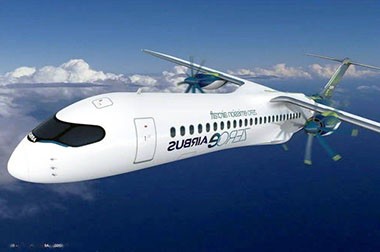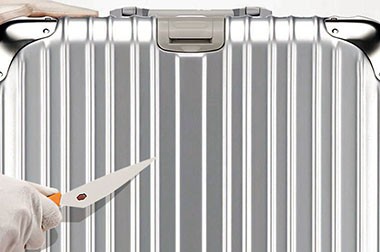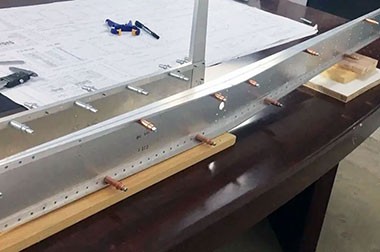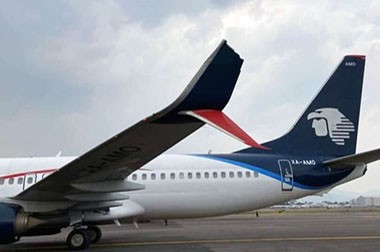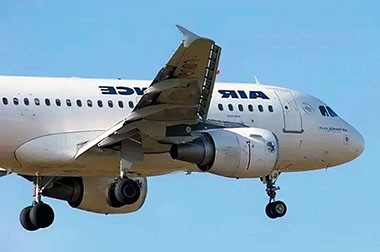Comparing 7049 and 7050 Aluminum Alloys Performance, Properties, and Applications
7049 and 7050 aluminum alloys are both designed for high-performance applications in aerospace and other demanding industries, but they offer slightly different advantages based on their composition and specific properties.
- When higher strength, fatigue resistance, and stress corrosion cracking resistance are required, 7050 is the preferred choice, especially in thicker sections. Its excellent thermal performance makes it an ideal choice for high-performance aerospace components and parts that will endure significant stress and temperature fluctuations.
- 7049 excels in applications that require good formability, ductility, and corrosion resistance, particularly in thinner sections. Compared to 7050, its lower strength can be offset by its better elongation and stress corrosion resistance in certain applications.
7049 and 7050 Aluminum Performance Comparison Table
| Property | 7049 Aluminum | 7050 Aluminum |
| Tensile Strength | Lower than 7050, but still strong | Higher tensile and yield strength than 7049 |
| Fatigue Strength | Moderate range of fatigue strength | Wider fatigue strength range, better for cyclic loading |
| Fracture Toughness | Excellent for thinner sections | Superior in thicker sections, better SCC resistance |
| Corrosion Resistance | Excellent, especially for thinner sections | Superior resistance to stress corrosion cracking in thicker sections |
| Thermal Properties | Adequate for moderate temperature ranges | Better heat dissipation and higher maximum temperature tolerance |
| Weldability | Generally non-weldable (TIG welding possible) | More weldable, but still challenging |
| Applications | Aerospace (wing skins, fuselage panels, etc.) | Aerospace (wing spars, fuel tanks, landing gear, etc.) |
7049 Aluminum vs. 7050 Aluminum Mechanical Properties
| Property | 7049 Aluminum | 7050 Aluminum |
| Elastic (Young's, Tensile) Modulus | 70 GPa | 70 GPa |
| Elongation at Break | 6.2–7.0% | 2.2–12% |
| Fatigue Strength | 160–170 MPa | 130–210 MPa |
| Poisson's Ratio | 0.32 | 0.32 |
| Shear Modulus | 27 GPa | 26 GPa |
| Shear Strength | 300–310 MPa | 280–330 MPa |
| Tensile Strength: Ultimate (UTS) | 510–530 MPa | 490–570 MPa |
| Tensile Strength: Yield (Proof) | 420–450 MPa | 390–500 MPa |
7049 Aluminum vs. 7050 Aluminum Thermal Properties
| Property | 7049 Aluminum | 7050 Aluminum |
| Latent Heat of Fusion | 370 J/g | 370 J/g |
| Maximum Temperature: Mechanical | 180 °C | 190 °C |
| Melting Completion (Liquidus) | 640 °C | 630 °C |
| Melting Onset (Solidus) | 480 °C | 490 °C |
| Specific Heat Capacity | 860 J/kg-K | 860 J/kg-K |
| Thermal Conductivity | 130 W/m-K | 140 W/m-K |
| Thermal Expansion | 23 µm/m-K | 24 µm/m-K |
7049 Aluminum vs. 7050 Aluminum Electrical Properties
| Property | 7049 Aluminum | 7050 Aluminum |
| Electrical Conductivity: Equal Volume | 36% IACS | 35% IACS |
| Electrical Conductivity: Equal Weight (Specific) | 110% IACS | 100% IACS |
7049 and 7050 Aluminum Alloy Composition
7049 Aluminum Alloy
7049 is a high-strength, heat-treatable alloy commonly used in aircraft structural components. Compared to 7050, it typically has a higher zinc (Zn) concentration and lower copper (Cu) content. This composition helps improve the alloy's corrosion resistance, particularly in harsh environments in aerospace applications.
7050 Aluminum Alloy
7050 is also a heat-treatable alloy, but compared to 7049, it contains a higher proportion of copper (Cu), which increases its strength and hardness. Its lower zinc content compared to 7049 gives it better stress corrosion cracking (SCC) resistance, especially in thicker sections, making it ideal for critical aerospace structures.
| Element | 7049 Aluminum | 7050 Aluminum |
| Aluminum (Al) | 85.7–89.5% | 87.3–92.1% |
| Chromium (Cr) | 0.1–0.22% | 0–0.040% |
| Copper (Cu) | 1.2–1.9% | 2.0–2.6% |
| Iron (Fe) | 0–0.35% | 0–0.15% |
| Magnesium (Mg) | 2.0–2.9% | 1.9–2.6% |
| Manganese (Mn) | 0–0.2% | 0–0.1% |
| Silicon (Si) | 0–0.25% | 0–0.12% |
| Titanium (Ti) | 0–0.1% | 0–0.060% |
| Zinc (Zn) | 7.2–8.2% | 5.7–6.7% |
| Zirconium (Zr) | 0 | 0.080–0.15% |
| Residuals | 0 | 0–0.15% |
7049 Aluminum vs. 7050 Aluminum Corrosion Resistance
- 7049 has excellent corrosion resistance, particularly excellent resistance to stress corrosion cracking (SCC) in thinner sections, making it an ideal choice for certain fuselage components exposed to harsh atmospheric conditions. It is suitable for applications such as aircraft fuselage components.
- 7050, with its lower zinc content and higher copper content, exhibits excellent stress corrosion cracking resistance, especially in thicker sections, making it the preferred choice for aerospace structural components subjected to high stresses, such as wing spars, fuselage frames, and landing gear components.
7049 Aluminum vs. 7050 Aluminum Weldability
- Due to its composition, 7049 is generally considered unweldable by most conventional welding methods. In some cases, tungsten inert gas (TIG) welding can be used as a solution, but welding remains challenging, and it should be avoided in critical structural applications.
- On the other hand, 7050 is more weldable than 7049, although still challenging. Specific welding techniques, such as TIG welding, can be employed, but welding is generally advised against for components subjected to high stress or critical structural loads, as it may impair its strength.
7049 and 7050 Aluminum Applications
7049 Aluminum Alloy Applications
7049 is ideal for aerospace structural components requiring a good strength-to-weight ratio and excellent formability, such as aircraft wing skins, fuselage panels, and control surfaces. Its resistance to stress corrosion cracking in thinner sections makes it highly suitable for exposed exterior parts.
It is also used in transportation and military applications, where both strength and corrosion resistance are critical, but welding is not a primary requirement.
7050 Aluminum Alloy Applications
7050 is primarily used in aerospace applications, especially for components in high-stress, fatigue, and corrosion environments. It is a popular choice for aircraft wings, fuselage frames, fuel tanks, and landing gear components. Its excellent stress corrosion cracking resistance, particularly in thicker sections, makes it an excellent choice for high-load structural components.
It is also used in marine applications and high-performance automotive parts, where its strength, corrosion resistance, and fatigue strength are highly valued.

